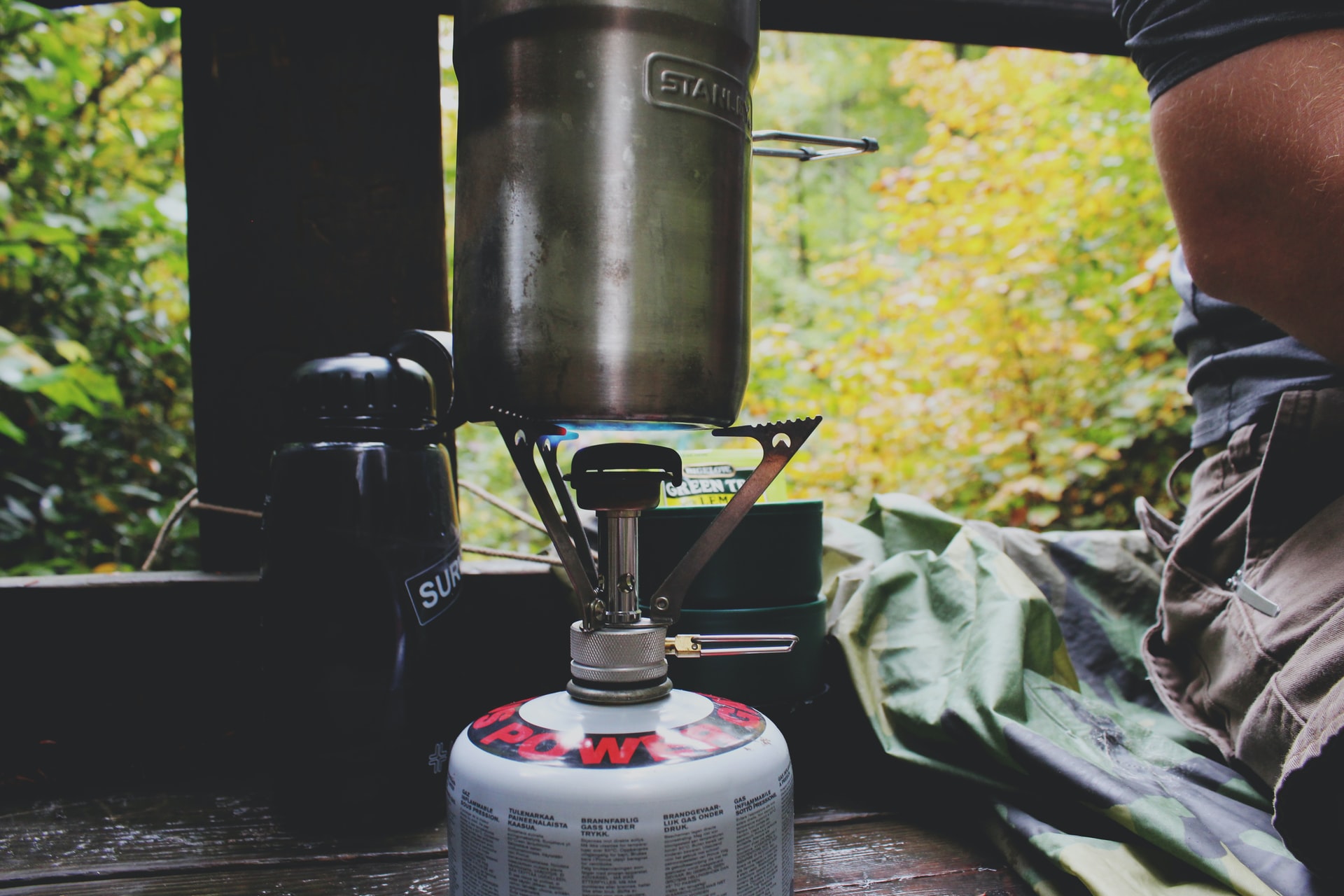The Four Key Steps of Distillation
Distillation is the process of separating different elements from a liquid. This can be done by the methods of evaporation, filtration, and condensation. The process is widely deployed across industry, including for beverages and the desalination of water, to name just a couple.
The best results are achieved with distillation kits. These usually consist of:
- A Bunsen burner: a piece of equipment that carries a controllable flame by use of a gas tube;
- A distilling flask, usually held above the Bunsen by use of a tripod and a gauze;
- A thermometer held in with a bung;
- A condenser tube: a long tube tilted downward at a 45 degree angle, cooled by two inner tubes of cold water;
- A receiving flask, to hold the condensate.

How does it work?
Distillation is a relatively straightforward process. It consists of four key steps: filtration, evaporation, condensation, and collection. Let’s take an example: you stir black pepper and table salt into tap water, and you want to separate the components again. How would you do it?
- First, you would want to separate the black pepper from the salted water. You would do this through the process of filtration. Filtration is the process of removing non-dissolved solids from a liquid. You would do this by pouring the liquid through a semi-permeable surface, such as kitchen roll, or a strong paper towel, placed on top of a funnel above the distilling flask. This would extract all non-dissolved substances, by collecting them and letting the water pass through.
- Second, you would place your thermometer into an air-tight bung and place the bung in the top of the distilling flask, then attach this to the condenser tube. Then, to begin the process of evaporation, you would bring the water to its boiling point (100 ֯C) using your Bunsen burner, until all the water has evaporated. This separates the table salt and the tap water, as the salt particles are too heavy to be lifted by the heated water particles. These will often return to the form of salt crystals, in the bottom of the beaker. Once all water has evaporated, turn off the Bunsen.
- Then, you would wait for the purified tap water to condense (turn from steam to water vapor to water droplets) while ensuring that the water going through the cooling tubes is cold enough to ensure that all the moisture is returning to water droplets.
- Lastly, the water droplets will collect in the receiving flask, as the tap water. This product is called the distillate.
Where is it used?
Distillation is quite a simple concept to understand and is used in all elements of product creation. It is used by companies to extract certain elements and oils from plants, medicinal companies to purify waters, and wineries and to separate grape juiced. It is also used in the production of gasoline, and it may also be used to liquefy and separate gases.
Distillation is a remarkably interesting process, and an incredibly important one for all manner of products made across the industrial spectrum.

